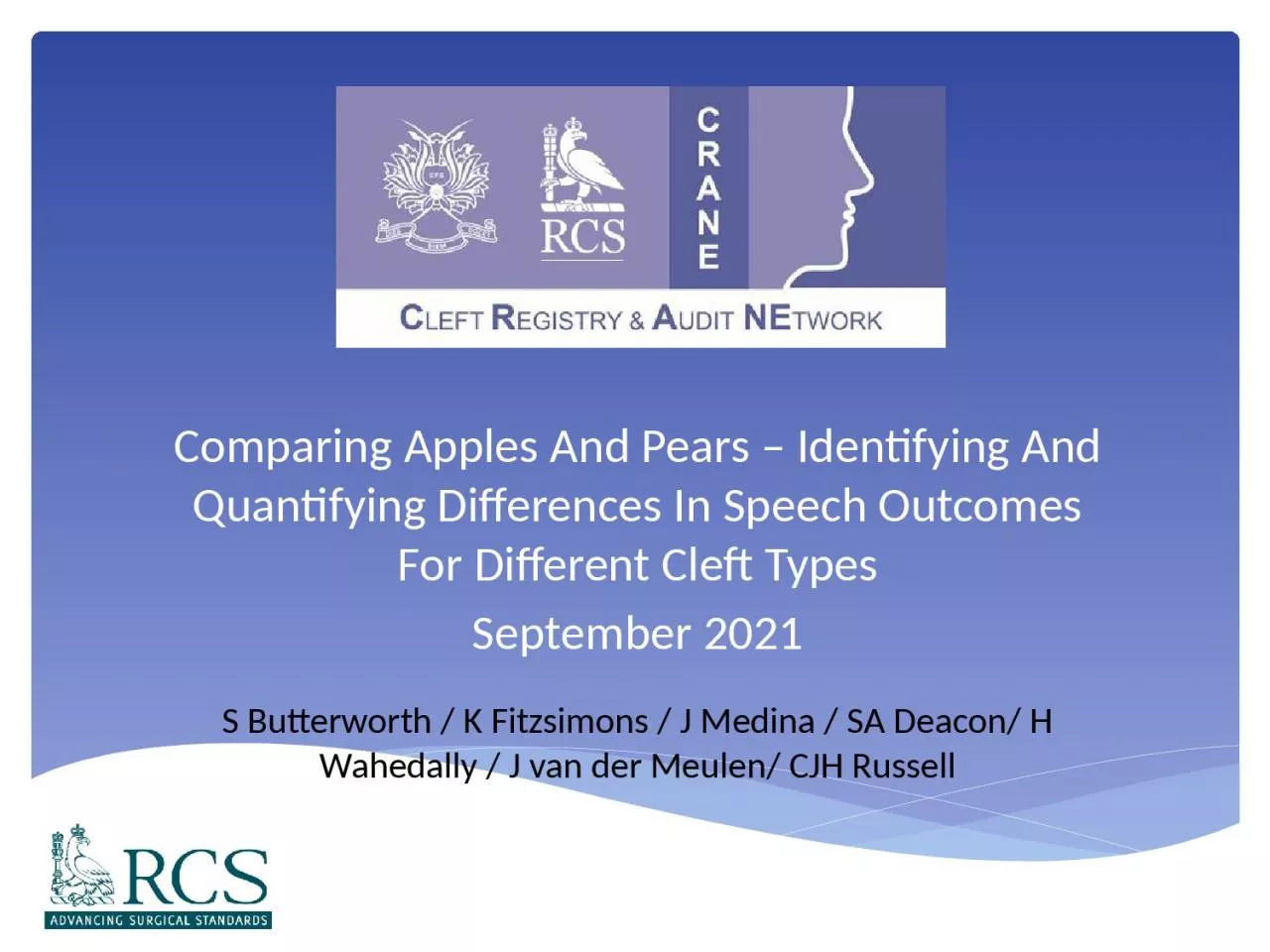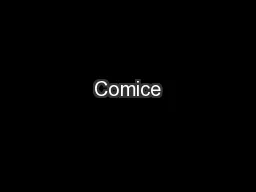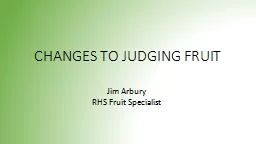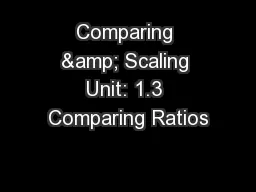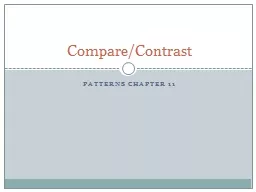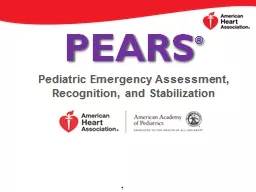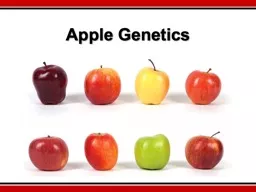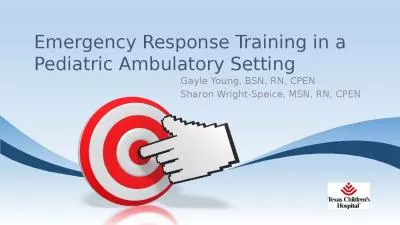PPT-Comparing Apples And Pears – Identifying And Quantifying Differences In Speech Outcomes
Author : oneill | Published Date : 2024-01-29
September 2021 S Butterworth K Fitzsimons J Medina SA Deacon H Wahedally J van der Meulen CJH Russell A multitude of factors are thought to influence speech
Presentation Embed Code
Download Presentation
Download Presentation The PPT/PDF document "Comparing Apples And Pears – Identifyi..." is the property of its rightful owner. Permission is granted to download and print the materials on this website for personal, non-commercial use only, and to display it on your personal computer provided you do not modify the materials and that you retain all copyright notices contained in the materials. By downloading content from our website, you accept the terms of this agreement.
Comparing Apples And Pears – Identifying And Quantifying Differences In Speech Outcomes: Transcript
Download Rules Of Document
"Comparing Apples And Pears – Identifying And Quantifying Differences In Speech Outcomes"The content belongs to its owner. You may download and print it for personal use, without modification, and keep all copyright notices. By downloading, you agree to these terms.
Related Documents

